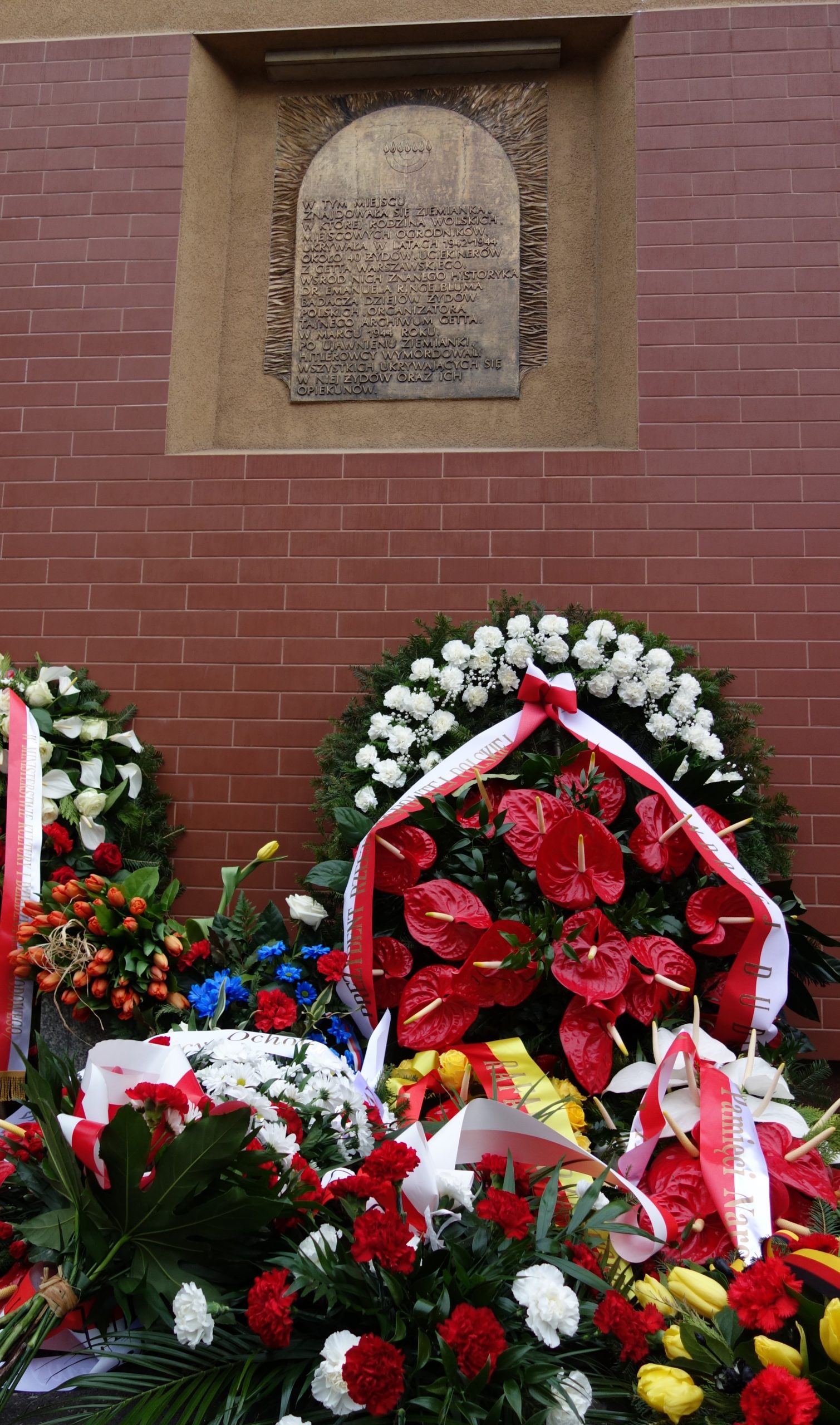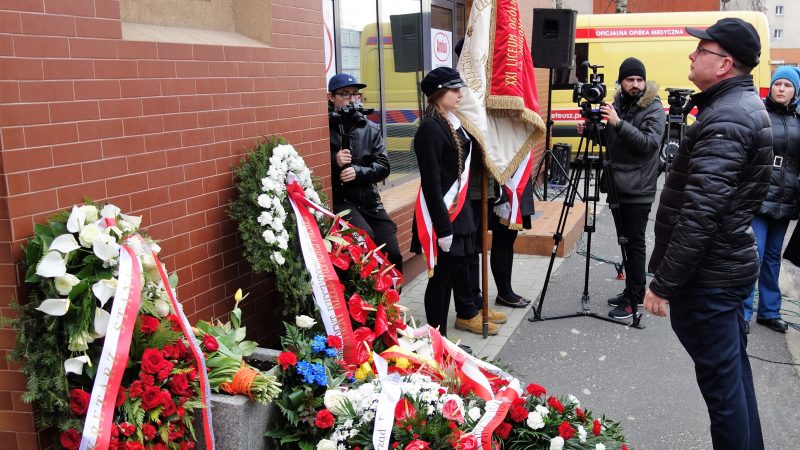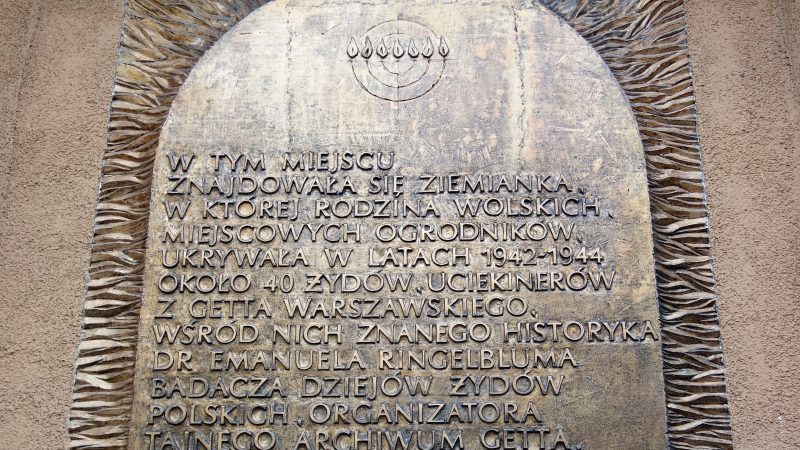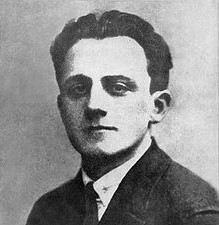A relic after a murdered nation.
75 years ago, a denunciation compromised an underground shelter, which was being used by the Polish family of Wolski to hide 38 Jews, including the historian Emanuel Ringelblum – the creator of the underground Warsaw Ghetto Archive. On 7 March, Director of the Warsaw Ghetto Museum Albert Stankowski and Chief Historian Professor Daniel Blatman took part in a commemoration of the residents and caretakers of the compromised „Krysia” bunker.
„Krysia” bunker was most probably the largest shelter in occupied Warsaw. It was built in 1942 especially for the purpose of aiding the Jews – and it had an area of 28 square metres. The bunker was located at 81 Grójecka Street, on the property of gardener Mieczysław Wolski. Currently, a plate commemorating the place hangs at 77 Grójecka Street.
The most famous resident of „Krysia” bunker was Emanuel Ringelblum, who stayed there, intermittently, until February 1943. It was there where, despite the difficult living conditions, with several dozen of people crammed in one small space, he wrote a few academic works, including his essay on Polish-Jewish relations during World War II. After „Krysia” was compromised, Ringelblum, his wife Judyta, 14-year old son Uri, and over thirty other Jews hiding in the shelter, Mieczysław Wolski, and his teenage nephew were taken by the Germans to Pawiak prison, and three days later, shot in the ruins of the ghetto.

The phrase „a relic after a murdered nation” was used during today’s ceremony by Professor Tadeusz Epstein from the Jewish Historical Institute in reference to the Ringelblum Archive – an invaluable source of historical knowledge. The ceremony was opened and conducted by Professor Paweł Śpiewak, Director of the JHI, who highlighted the significance of materials and documents about the situation of Jews in occupied Poland that were collected by Ringelblum as early as since October 1939. Most of them, almost miraculously, survived the war buried in the basements of buildings at Nowolipki and Świętojerska Streets. Jarosław Sellin, Secretary of State in the Ministry of Culture and National Heritage, also spoke about the great historian. He reminded that the Treblinka Museum – where nearly half a million Warsaw Jews were murdered – is under the direct care of the Ministry. He also noted that the Warsaw Ghetto Museum was established a year ago and that it eventually will have its seat in a 19th-century building, which was located in the ghetto during the occupation – i.e. Bersohn and Bauman Children’s Hospital.
Ochota District’s mayor, Katarzyna Łęgiewicz, drew attention to “the bitter nexus of Polish attitudes”, the duality of Polish approaches. On one hand, we had heroic people who were helping under the threat of death, on the other – base and vile individuals, who brought death to those who were hiding. „Krysia” bunker was compromised due to a denouncement, which was probably made by an 18-year old Gestapo informer. Vice President of the Institute of National Memory (IPN) Mateusz Szpytma pointed out that without the Germany agency responsible for the war genocide, we would not be commemorating any victims or talking about a betrayal. The ceremony concluded with the singing of a psalm and rabbi Oriel Zaretsky’s prayer.
Anna Kilian





